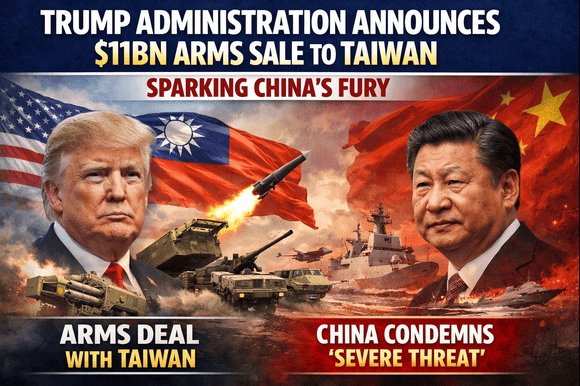
Photo by Alesia Kozik
Global stock markets and the US dollar saw modest gains on Tuesday following the Trump administration’s announcement that it would ease the impact of auto tariffs — a move interpreted as a potential shift in the White House’s hardline trade approach that has unsettled investors throughout April.
Investor sentiment turned cautiously optimistic, with European equities and US stock futures climbing, as attention pivoted toward economic data and corporate earnings to gauge the broader fallout from trade tensions.
In currency markets, the Canadian dollar slipped slightly against the stronger greenback after Canadian Prime Minister Mark Carney’s Liberals won re-election but fell short of securing a majority — a development seen as weakening his hand in tariff negotiations with the US.
The US administration said it would work to minimize the cumulative effect of duties on imported car parts used in domestic manufacturing, aiming to avoid multiple layers of tariffs on vehicles built abroad. “There’s a shift in focus from worsening tariff headlines to how much real damage is showing up in the economic data,” said Michael Metcalfe, head of macro strategy at State Street Global Markets.
This week’s key data releases — including first-quarter US GDP and April job numbers — will help determine whether markets are right to fear a potential recession. While the S&P 500 has recovered some losses following earlier tariff rollbacks, it remains on track for a 1.5% decline in April, marking its third consecutive monthly fall.
European stocks opened higher amid a flurry of earnings updates. HSBC announced a $3 billion share buyback despite a 25% drop in Q1 profits, Deutsche Bank posted a 39% rise in profits, and Porsche revised its 2025 forecast downward due to headwinds from US tariffs and weakness in China.
Meanwhile, Coca-Cola, General Motors, and Visa are set to report earnings later Tuesday, followed by tech giants Apple, Microsoft, Amazon, and Meta later this week.
Asian markets were subdued, with Japan closed for a holiday. Hong Kong’s Hang Seng Index was flat, while mainland China’s blue-chip index slipped 0.2%.
Trade Tensions Persist
Markets remained on edge after US Treasury Secretary Scott Bessent said it was “up to China to de-escalate” tariffs, stoking concerns about prolonged trade disruptions. Despite some exemptions, Beijing has refrained from broader stimulus, betting that Washington may yield first.
“A true de-escalation in the US-China trade war is still a way off,” said Sat Duhra, portfolio manager at Janus Henderson. “Ultimately, the markets may force a resolution, as we’ve seen in the US.”
JP Morgan analysts warned that the resilience of economic data may soon wane, noting a steep 42% drop in Chinese exports to the US over the past 10 days — a trend that, if sustained, could ripple through global supply chains. “A concerning decoupling of US-China trade appears to be taking hold, and we expect the damage to intensify,” they wrote.
Dollar Strengthens Amid Global Uncertainty
The US dollar advanced against major currencies, gaining 0.25% to 142.38 yen. The euro edged down 0.12% to $1.1408, while the British pound dipped 0.2% to $1.3417. Despite Tuesday’s drop, the euro has risen 5% this month, its best monthly performance against the dollar in nearly three years.
The greenback has fallen 6.7% against the Swiss franc in April — its steepest monthly decline in a decade.
Canada’s dollar was steady at 1.3821 per US dollar following the federal election. ING analysts noted, “A minority government is not ideal for currency stability, but the loonie has held up relatively well.”
Gold slipped 0.6% to $3,320 per ounce as the stronger dollar weighed on bullion. Brent crude declined 1.4% to $65 a barrel. Meanwhile, US Treasury yields rose in London trading, with 10-year yields up 2.5 basis points to 4.245%.



